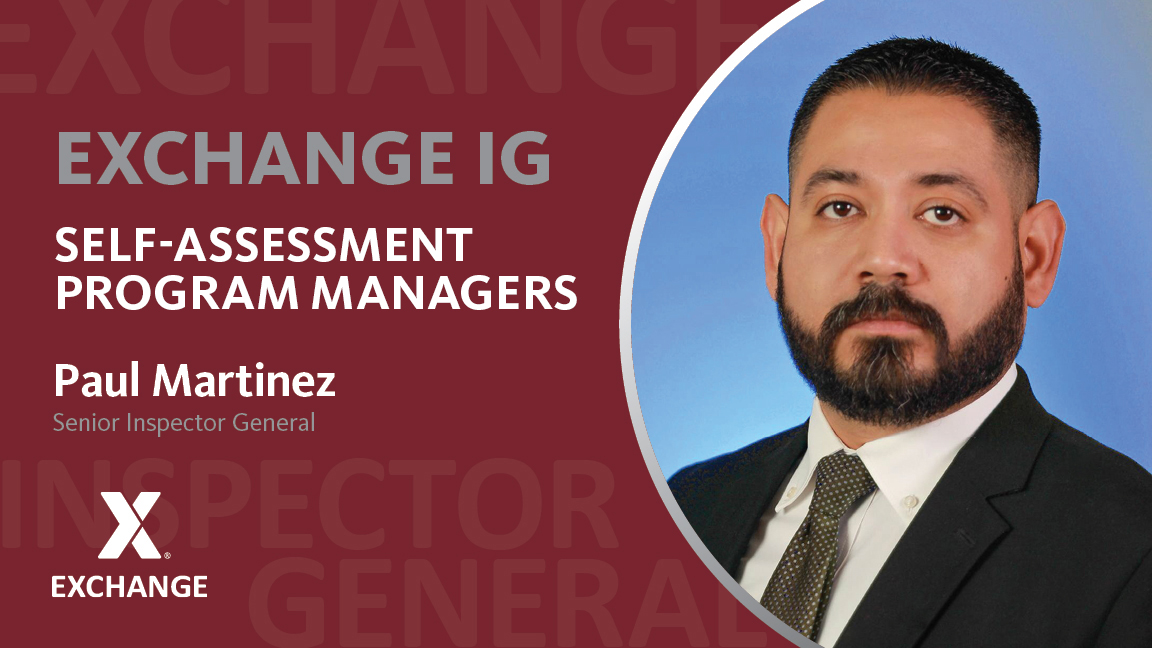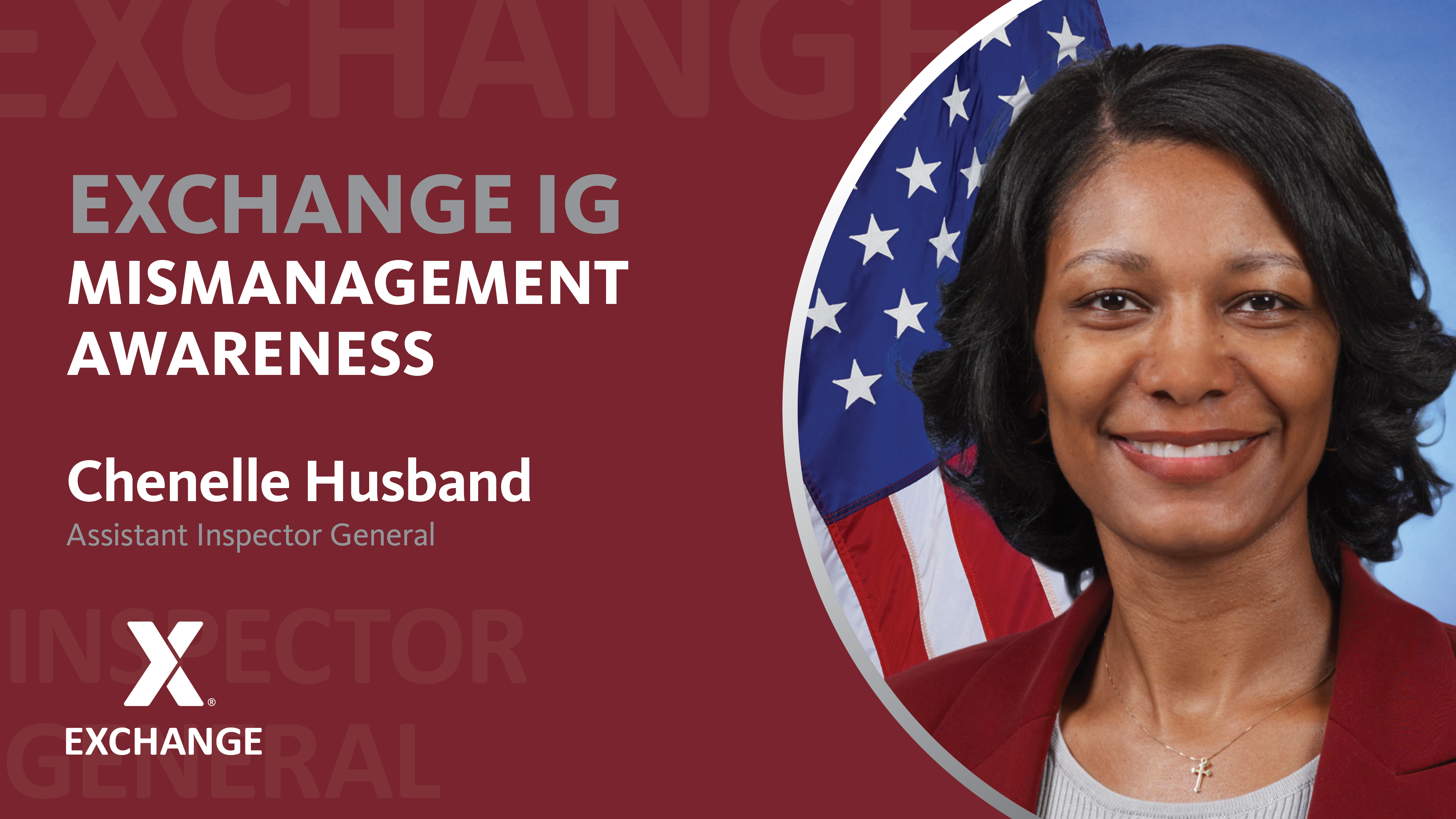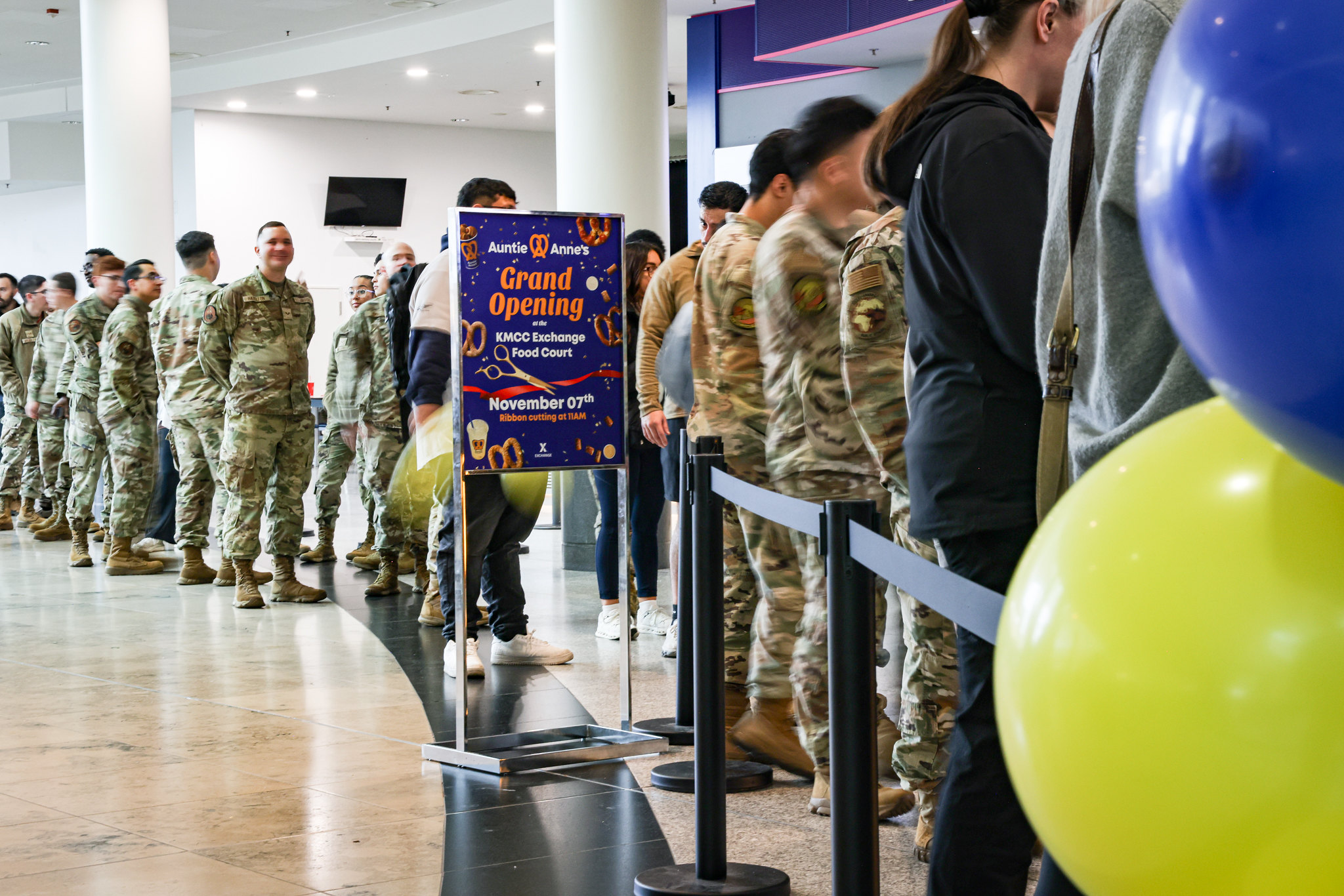The Exchange Office of Inspector General (IG) recently wrapped up another successful year of the Self-Assessment Program (SAP). The program is part of larger efforts mandated by Department of War instructions to evaluate an organization’s readiness and its ability to execute its intended mission.
The program also plays a key role in identifying potential risks and areas of concern related to fraud, waste and abuse. In addition, it gives directorate leadership a clear assessment of their readiness, highlights opportunities for improvement and provides a chance to recognize and celebrate the positives discovered during the process.
This is the first year the program was administered by the IG after it assumed responsibilities in 2024, and its success is based on the execution and efforts of program managers. Senior executives hand-selected self-assessment program managers (SAPMs) for the meticulous task of evaluating their own directorate or section. SAPMs are responsible for developing a self-inspection checklist ensuring the proper focus on specific items deemed essential to executing their intended purpose.
Throughout the 3-month-long program window, SAPMs maintain constant communication with their directorate leadership and develop corrective actions if any discrepancies are discovered. If SAPMs identify any issues, they develop a correction plan after identifying the root cause. Program managers new to the SAP are provided dedicated training to assist in root-cause analysis and problem-solving techniques.
At the end of the program window, a voluntary and anonymous survey was sent to SAPMs to evaluate the overall effectiveness of program administration and to gather suggestions for improvements. Overall, survey results were positive. In the area of communication, 100% of respondents indicated that the level of communication was “about right.” Recognizing that time is both valuable and limited, 36% of SAPMs reported spending more than 20 hours on the program. To help balance this time commitment, SAPMs are encouraged to find an approach that best fits their individual workload, since the program serves as an additional responsibility.
The success and efforts made by SAPMs in 2025 greatly contributed to the success of the program. As program administrator, the IG is grateful for the work and countless hours the SAPMs put into this program—their commitment and leadership were key to the program’s success.







Leave a Reply